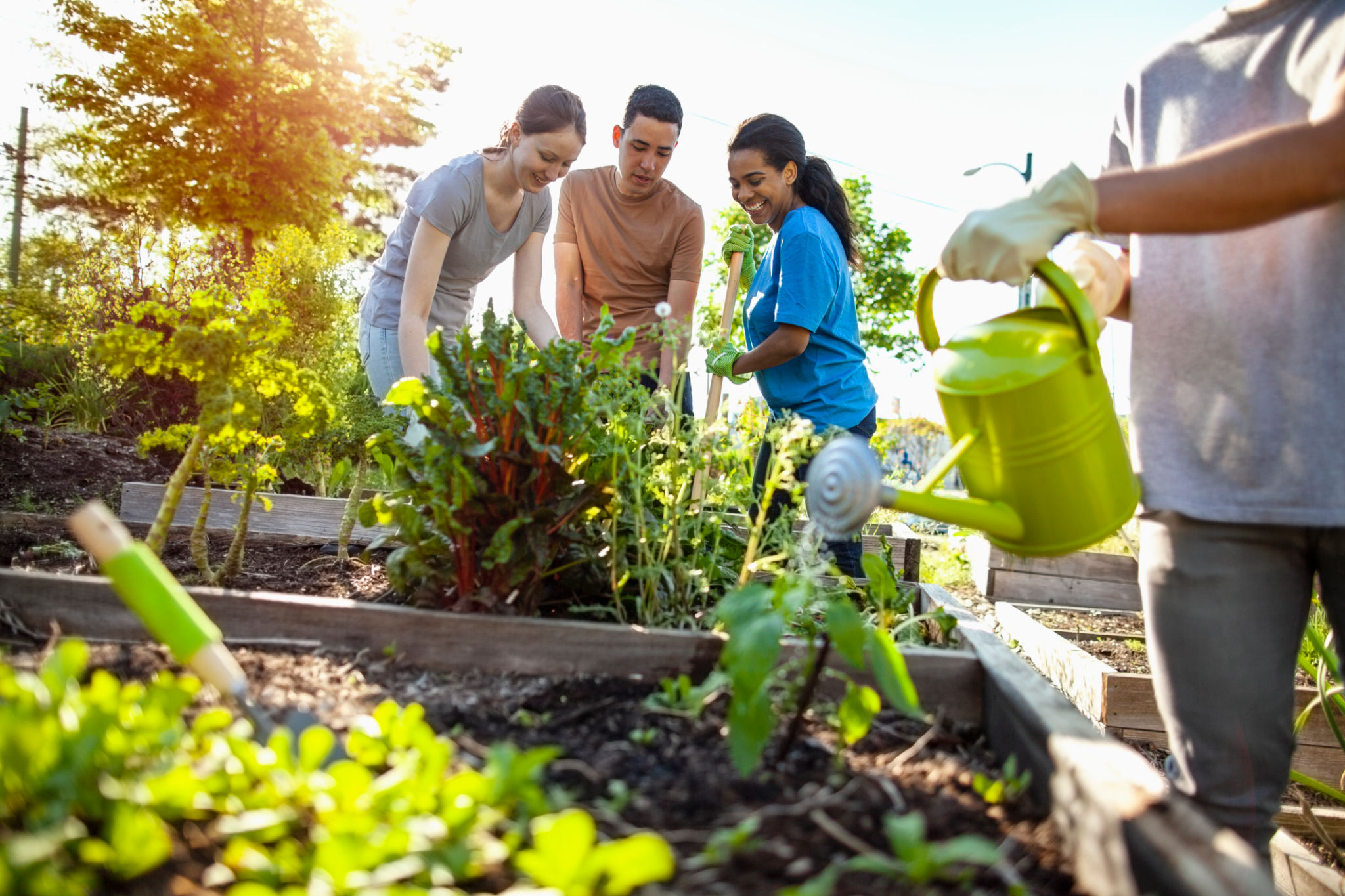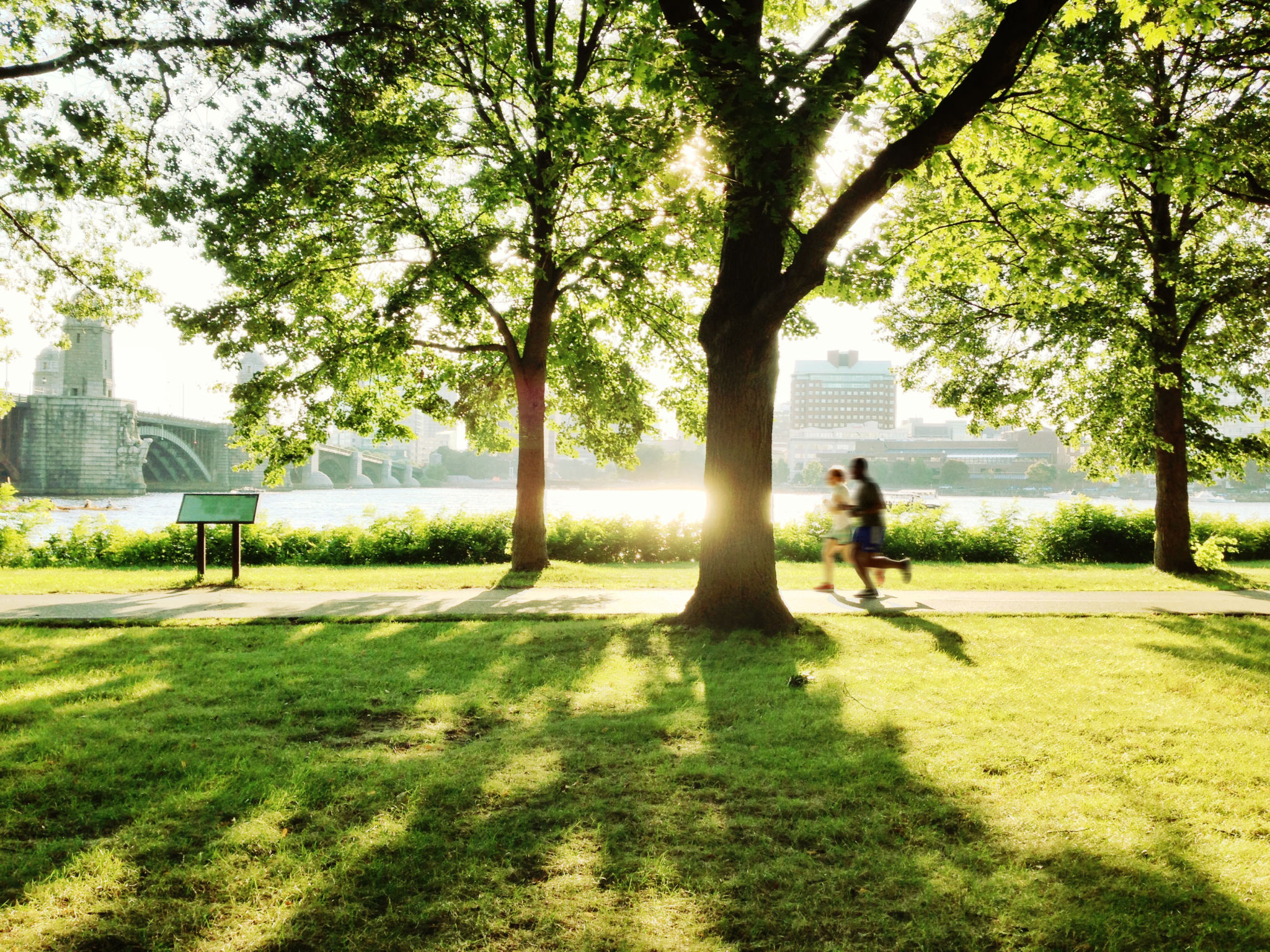Eco-Friendly Landscape Design: Transforming Chicago's Urban Spaces
The Need for Eco-Friendly Landscape Design
In recent years, the demand for eco-friendly landscape design has surged in urban areas like Chicago. This trend is not just about aesthetics; it’s about sustainability and creating green spaces that benefit both residents and the environment. As cities continue to grow, the importance of integrating nature into urban planning becomes increasingly evident.
Eco-friendly landscaping involves using native plants, conserving water, and reducing chemical use to create a harmonious balance between urban development and nature. This approach not only beautifies the city but also supports biodiversity and improves air quality.

Benefits of Eco-Friendly Landscapes
Environmental Impact
One of the most significant benefits of eco-friendly landscapes is their positive impact on the environment. By incorporating native plants, these landscapes help support local wildlife and promote biodiversity. Native plants are adapted to the local climate, requiring less water and maintenance compared to non-native species.
Moreover, eco-friendly landscapes can reduce urban heat, improve air quality, and manage stormwater runoff effectively. These landscapes act as natural air filters, absorbing pollutants and providing cleaner air for city dwellers.
Economic Advantages
Eco-friendly landscape design is not only beneficial for the environment but also offers economic advantages. By reducing water usage and maintenance costs, property owners can save money in the long run. Additionally, well-designed green spaces can increase property values and attract more visitors to commercial areas.

Implementing Eco-Friendly Design in Chicago
Practical Steps
Transforming urban spaces in Chicago with eco-friendly designs involves several practical steps. One key approach is to use permeable materials for walkways and driveways, which allow rainwater to seep into the ground rather than becoming runoff. This helps prevent flooding and reduces stress on the city's drainage systems.
Another important step is integrating green roofs and walls into building designs. These features not only provide insulation but also create habitats for wildlife and improve air quality. Green roofs are particularly beneficial in densely populated areas where ground space is limited.

Community Engagement
Community involvement is crucial for the success of eco-friendly landscape projects. Engaging local residents in planning and maintaining green spaces ensures that these areas meet community needs and are well-cared for over time. Educational programs can also raise awareness about the benefits of sustainable landscaping practices.
By fostering a sense of ownership and responsibility, communities can work together to transform urban spaces into vibrant, eco-friendly environments that enhance the quality of life for all residents.
The Future of Urban Landscapes
The future of urban landscapes in Chicago looks promising as more people recognize the value of eco-friendly design. As cities continue to expand, sustainable landscaping will play an essential role in creating livable, healthy environments.
By prioritizing eco-friendly practices, urban planners and residents alike can contribute to a greener, more sustainable future for Chicago and beyond. Embracing these changes today will pave the way for healthier cities tomorrow.
